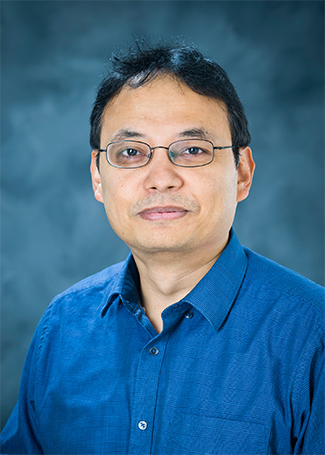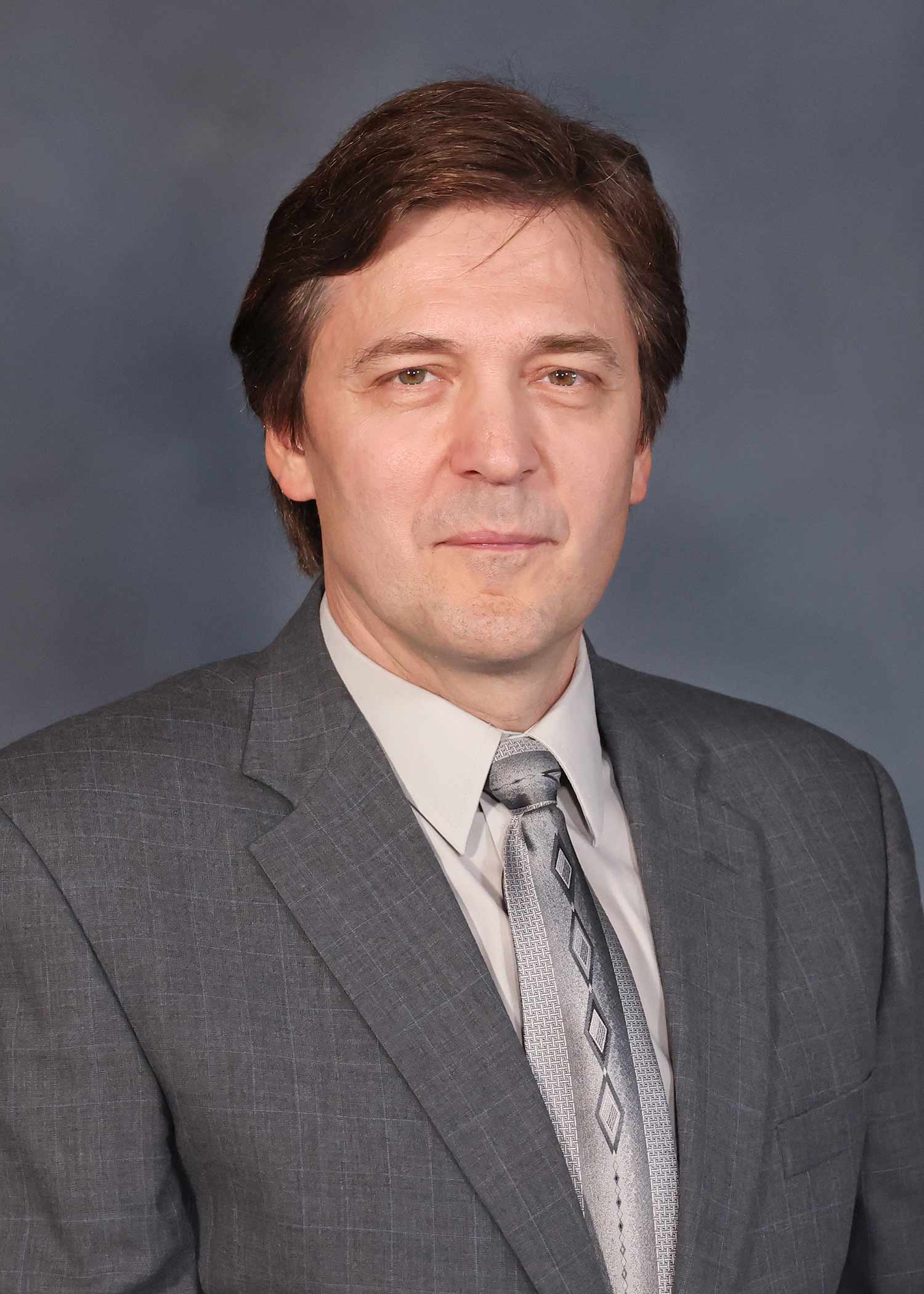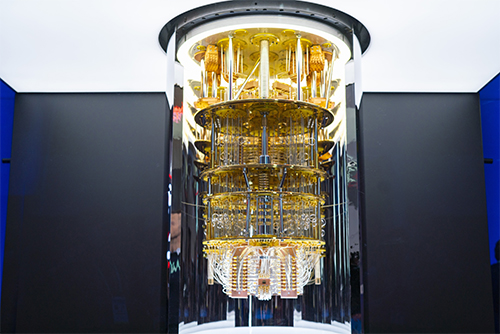Emerging field of quantum computing advances at MSU through $500K Department of Energy grant
Contact: Sarah Nicholas
STARKVILLE, Miss.—A Mississippi State University research team is using more than half a million dollars from the U.S. Department of Energy nuclear physics program to study the emerging field of quantum computing. The research is part of a 2020 goal set by MSU’s Quantum Task Force to explore interdisciplinary programs for training MSU students in the evolving technology of quantum computing and quantum information science.



The three-year, $550,000 grant—Three-body Interactions on a Quantum Computer—is led by principal investigator Gautam Rupak, a professor in MSU’s Department of Physics and Astronomy, and includes co-PIs Mark A. Novotny, professor and department head, and Yaroslav Koshka, a professor in MSU’s Department of Electrical and Computer Engineering.

Quantum computing, a multidisciplinary field combining computer science, physics and mathematics, uses quantum mechanics to solve complex problems faster than classical computers and can create better models for how atoms and nuclei interact with one another, leading to a more precise understanding of molecular structure.
“Though quantum mechanics was developed nearly a century ago, the advent of quantum computers requires a change in paradigm in how we compute physical quantities on such devices,” said Rupak, noting the research team is collaborating with experts in nuclear physics, Noisy Intermediate-Scale Quantum, or NISQ, computers and machine learning.
Rupak said the team will develop and test algorithms on currently available quantum computers to study three-body nuclear forces that will directly impact future research on nuclear structure and reactions over a wide range of atomic masses. This technology will one day enable more accurate predictions of real-time dynamics of complex atomic nuclei which could impact drug and chemical research.
Rupak said the team is trying to solve for the “binding energy of the triton”—a positively-charged particle consisting of a proton and two neutrons, equivalent to the nucleus of an atom of tritium—using current NISQ computers.
For more details about MSU’s College of Arts and Sciences or the Department of Physics and Astronomy, visit www.cas.msstate.edu or www.physics.msstate.edu. To learn more about MSU’s Bagley College of Engineering, visit www.bagley.msstate.edu.
Mississippi State University is taking care of what matters. Learn more at www.msstate.edu.